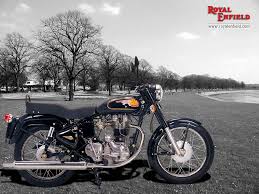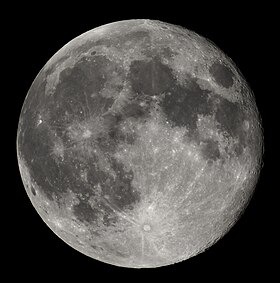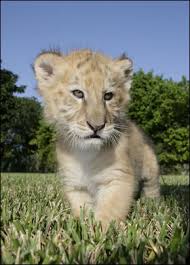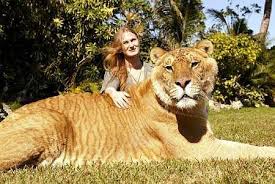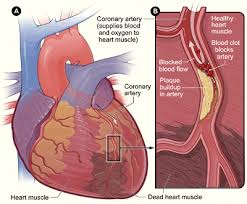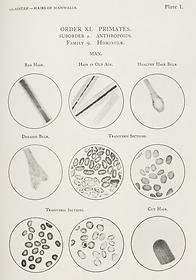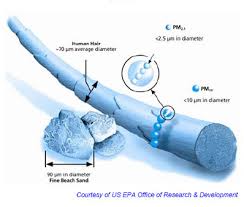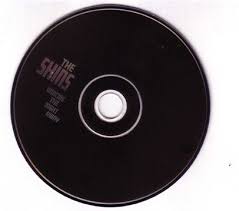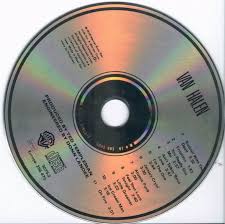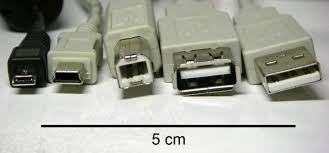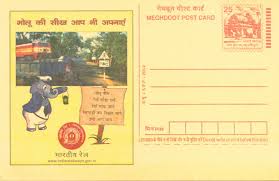
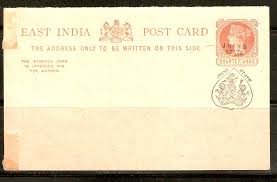 HISTORY
HISTORYMail, consisting mostly of government dispatches, was carried from place to place by horse or horse-drawn wagon in ancient Egypt and Persia. Most mail was still being transported the same way in the middle of the 19th century, when stagecoaches carried letters and packages to the West coast.
Ancient and Medieval Service
Historical references to postal systems in Egypt date from about 2000 BC. The Persian Empire under Cyrus the Great (6th century BC) used a system of mounted relay messengers. The riders would stop at regularly placed posthouses to get a fresh horse or to pass on their packets of dispatches to another messenger for the remainder of the distance.
On the other side of the world, in China, a posthouse service had been started early in the Chou Dynasty (ruled 1122-221 BC). It was used mostly to convey official documents. The far-reaching system consisted of relays of couriers who changed horses at relay posts 9 miles (14.5 kilometers) apart. The system was enlarged under the Han Empire (202 BC-AD 220), when the Chinese came in contact with the Romans and their postal system.
The Roman Empire built the most advanced postal delivery system known until that time except for the service in China. Its area was the whole Mediterranean world. Reliable communication from Rome to governors and military officials in faraway provinces was a necessity. Rome met the need by developing the cursus publicus literally, "public course" a state-sponsored series of post roads with relay stations at intervals. The speed with which government dispatches and other mail could be carried about the empire was not equaled again in Europe until the 19th century. Using the relay stations, riders could cover about 170 miles (270 kilometers) in a 24-hour period.
The collapse of the empire in the West did not immediately destroy the postal system. Vestiges of it endured until at least the 9th century before it became fragmented and fell into disuse. In the Eastern, or Byzantine, Empire the system lasted longer because it was eventually absorbed into the Islamic kingdom based in Baghdad.
Reemergence of Postal Services
With the growth of international commerce during the Renaissance, there was a need for business correspondence. Corporations and guilds set up their own messenger services. The great merchant and banking houses of the Italian city-states provided the most extensive and dependable postal service of the time. By the 13th century links were maintained between the commercial centers of Florence, Genoa, and Siena and several communities in northern France that held annual fairs. These fairs attracted merchants from all parts of Europe. The postal service to France thus provided a major international link for commerce and news. There was also a postal link between Venice and Constantinople, the Muslim capital. Russia too shared in the postal communications of the day.
The private postal systems created during the later Middle Ages carried personal mail as well as commercial correspondence. The invention of the printing press late in the 15th century increased the amount of mail and made letter carrying a profitable enterprise. Private postal services emerged to carry mail to all parts of Europe.
The best-known and most extensive such service was the Thurn and Taxis system. A family, whose Italian name was Tassis, had started operating courier services in the city-states from about 1290. Franz von Taxis served as postmaster for the Holy Roman emperor Maximilian I, beginning in 1489. He obtained the right to carry government as well as private mail throughout the empire. Under a patent from the emperor, branches of the family operated a network of postal routes in Spain, Germany, Austria, Italy, Hungary, and the Low Countries from 1512 to 1867. The system employed about 20,000 messengers to deliver mail and newspapers. The Prussian state nationalized the service in 1867.
By this time strong nation-states had emerged in Europe, and the need for private postal services was passing. In any case, governments were beginning to insist on controlling mail service. In France Louis XI had set up the Royal Postal Service in 1477. In 1516 Henry VIII of England appointed a master of the posts to maintain regular service along the roads leading out of London. Neither of these government systems was intended to serve the public. Carrying private mail was not legalized in France until 1627 or in Britain until 1635. Private mail delivery operations functioned side by side with government services for a while. Then in 1672 France declared all postal services to be a state monopoly. Private services were eventually forced out of business or purchased.
Private carriers did not give up, however. Some of them found a way to stay in business by introducing a new public service the collection and delivery of mail within cities. William Dockwra opened a Penny Post in London in 1680. The novelty of his operation lay in prepayment for sending letters and in stamping them to show when and where they were sent for delivery. Dockwra was so successful that he was prosecuted for infringing on the state monopoly. His enterprise was shut down in 1682 and quickly reopened as a government agency. It was nearly 100 years before a similar city service was started in Paris, and it too was rapidly taken over by the government.
The economic growth in Britain during the 18th century spurred a demand for better mail services. New post roads were built, beginning about 1765. Stagecoaches began carrying mail between cities and towns in 1784. The first route was between London and Bath. Mounted postboys also rode on the main routes. Next-day mail delivery became possible in towns throughout a good part of England by the 1830s.
Beginnings of Modern Postal Service
Between 1775 and 1815 Britain was at war almost constantly, either with the United States or with France. To help finance the wars postage rates were increased, and the higher rates remained in force for 25 years after the defeat of Napoleon in 1815. Spurred by popular discontent over postal rates, the English educator and tax reformer Rowland Hill formulated proposals on reforming the postal system between 1835 and 1837. His pamphlet, "Post Office Reform: Its Importance and Practicability," is now regarded as a milestone in the development of the modern postal system.
Hill proved that carrying charges were an insignificant factor in the total cost of handling mail. He further proved that the complex series of rates based on distance were needless. Most of the total cost came from administrative expenses. He also noted that the collection of payment for mail on delivery could be avoided. His solution to postal problems was simple a uniform rate of postage regardless of distance and prepayment of postage through the use of adhesive stamps sold by the post office. He proposed that payments be based on weight and suggested a penny for each half-ounce.
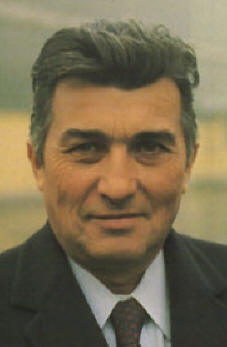
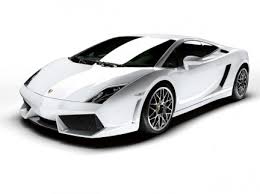
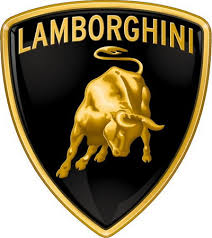 This Lamborghini facts is about the history behind the making and the man behind the fast, luxury and great looking cars in the world today.....
This Lamborghini facts is about the history behind the making and the man behind the fast, luxury and great looking cars in the world today.....
